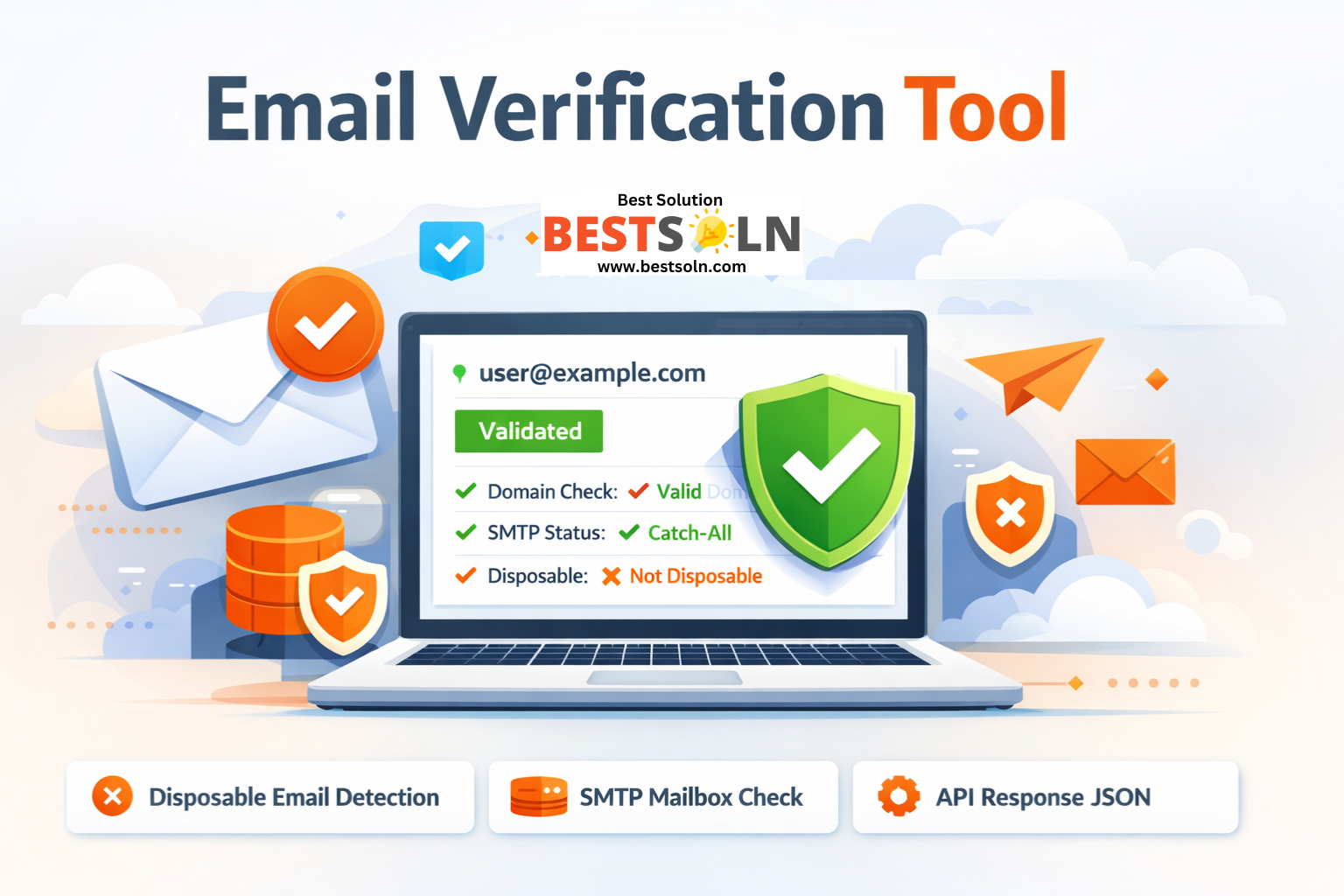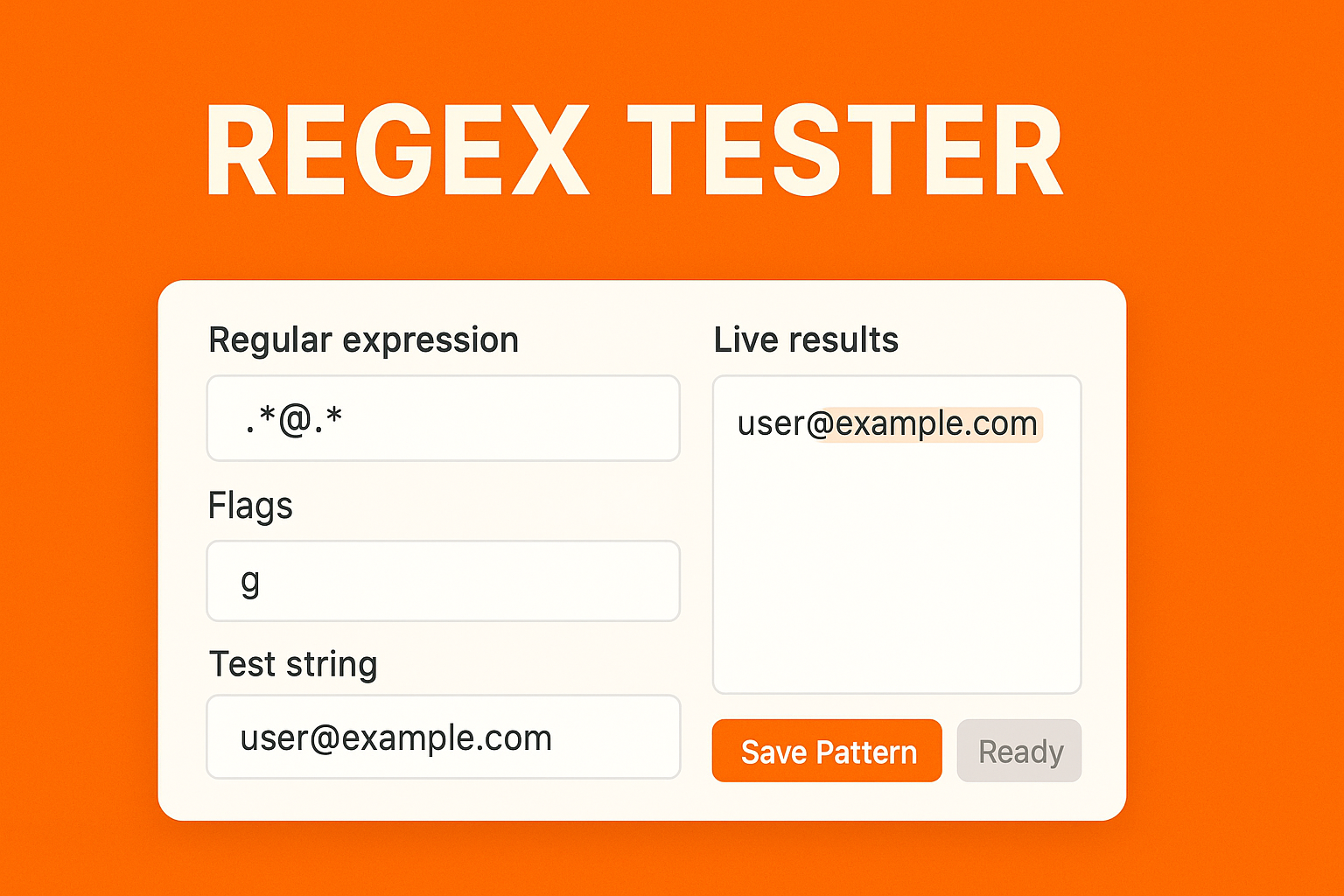- Home
- /
- Courses
- /
- Fundamentals of Intellectual Property
- /
- E. Trade Secrets – Protecting…
Introduction
In the high-stakes world of business, where innovation and competition collide, some of the most valuable assets are not patented inventions or branded logos but closely guarded secrets. Trade secrets, confidential information like formulas, algorithms, or customer lists, drive competitive advantage, fueling success for companies like Coca-Cola and Google. Unlike patents or trademarks, trade secrets thrive in the shadows, protected not by public registration but by secrecy and strategy. This chapter delves into the enigmatic realm of trade secrets, exploring their legal foundations, protection mechanisms, and critical role in modern commerce. From corporate espionage to non-disclosure agreements, trade secrets are both a shield and a sword in the battle for market dominance.
Trade secrets occupy a unique space in the intellectual property landscape, offering indefinite protection without the formalities of registration. Yet, their reliance on confidentiality makes them vulnerable to betrayal, theft, or accidental disclosure. In an era of cyber threats, global supply chains, and employee mobility, safeguarding trade secrets is more challenging and more critical than ever. Through vivid case studies, legal insights, and practical strategies, this chapter illuminates how businesses protect their most sensitive information while navigating the risks of a hyper-connected world. Whether you’re an entrepreneur guarding a startup’s edge or a professional navigating corporate confidentiality, understanding trade secrets is essential to thriving in today’s knowledge-driven economy.
The Essence of a Trade Secret
A trade secret is any confidential information that provides a business with a competitive advantage, provided it is actively protected and not generally known. Unlike patents, which require public disclosure, or trademarks, which rely on visibility, trade secrets derive their value from secrecy. Examples include Coca-Cola’s iconic beverage formula, Google’s search algorithm, or a restaurant chain’s proprietary supply chain logistics. The scope of trade secrets is broad, encompassing:
- Technical Information: Manufacturing processes, software code, or chemical formulas.
- Business Information: Customer lists, marketing strategies, or pricing models.
- Negative Know-How: Knowledge of what does not work, such as failed R&D experiments, which can save competitors time and resources.
To qualify as a trade secret, information must meet three criteria, as outlined in the U.S. Uniform Trade Secrets Act (UTSA) and similar laws worldwide:
- Secrecy: The information must not be generally known or readily ascertainable by others in the industry.
- Economic Value: The secrecy must confer a competitive or economic advantage.
- Reasonable Efforts: The owner must take reasonable measures to maintain confidentiality, such as non-disclosure agreements (NDAs) or restricted access.
Unlike patents (20-year term) or copyrights (lifetime plus 70 years), trade secrets have no fixed duration. Protection lasts as long as the information remains secret, making trade secrets a powerful tool for long-term competitive advantage.
Legal Frameworks for Trade Secret Protection
Trade secret law varies by jurisdiction but is harmonized by key frameworks. In the United States, the Uniform Trade Secrets Act (UTSA), adopted by most states, defines trade secrets and provides remedies for misappropriation. The Defend Trade Secrets Act (DTSA) of 2016 created a federal framework, allowing companies to sue in U.S. federal courts for trade secret theft, particularly in interstate or international cases. The DTSA also permits ex parte seizures of stolen trade secrets in extreme cases, such as when a defendant might destroy evidence.
In the European Union, the EU Trade Secrets Directive (2016) harmonizes protection across member states, requiring reasonable steps to maintain secrecy and providing remedies like injunctions and damages. Globally, the TRIPS Agreement (1994) mandates that World Trade Organization members protect “undisclosed information” with economic value, ensuring a baseline of trade secret safeguards.
Unlike patents or trademarks, trade secrets require no registration. Protection arises automatically when the criteria of secrecy, value, and reasonable efforts are met. However, this lack of formalities makes enforcement dependent on proactive measures by the owner.
Protecting Trade Secrets: Strategies and Tools
Safeguarding trade secrets demands a blend of legal, technical, and organizational strategies. Key tools include:
- Non-Disclosure Agreements (NDAs): Contracts that prohibit employees, partners, or contractors from disclosing confidential information. For example, tech startups often require NDAs before pitching to investors.
- Confidentiality Policies: Internal policies restricting access to sensitive data, such as limiting employee access to “need-to-know” information.
- Physical and Digital Security: Measures like locked file rooms, encrypted databases, and two-factor authentication protect against unauthorized access.
- Employee Training: Educating staff on confidentiality obligations reduces accidental disclosures.
- Exit Protocols: When employees leave, companies use exit interviews and agreements to reinforce confidentiality duties.
A classic example is Coca-Cola’s formula, stored in a vault and accessible to only a few trusted executives. The company’s rigorous secrecy measures, including NDAs and limited disclosure, have kept the formula a trade secret for over a century.
Trade Secret Misappropriation and Remedies
Misappropriation occurs when a trade secret is acquired, used, or disclosed improperly, such as through theft, breach of contract, or espionage. High-profile cases highlight the stakes:
- Waymo v. Uber (2017–2018): Waymo, Google’s self-driving car division, accused Uber of stealing trade secrets via a former employee who downloaded 14,000 files before joining Uber. The case settled for $245 million, underscoring the value of proprietary technology.
- DuPont v. Kolon Industries (2011): DuPont won $920 million after Kolon misappropriated trade secrets related to Kevlar, a high-strength fiber, through former DuPont employees.
Remedies for misappropriation include:
- Injunctions: Court orders to stop further use or disclosure of the trade secret.
- Damages: Compensation for lost profits, unjust enrichment, or reasonable royalties. The DTSA allows exemplary damages up to twice the award for willful misappropriation.
- Criminal Penalties: Under the U.S. Economic Espionage Act (1996), trade secret theft can lead to fines or imprisonment, especially in cases involving foreign entities.
Proving misappropriation requires evidence of secrecy, reasonable protection efforts, and improper acquisition or use, making robust documentation critical.
Trade Secrets in the Digital Age
The digital era has amplified both the value and vulnerability of trade secrets. Cyberattacks, such as the 2014 Sony Pictures hack, which exposed confidential business data, highlight the risks of digital leaks. Remote work and cloud-based systems further complicate secrecy, as employees access sensitive data from unsecured networks. In 2023, IBM’s Cost of a Data Breach Report estimated that intellectual property theft, including trade secrets, accounted for 11% of data breach costs globally.
Emerging technologies like artificial intelligence (AI) also raise questions. For instance, training AI models on proprietary datasets could risk exposing trade secrets if the model’s outputs inadvertently reveal confidential patterns. Companies must balance leveraging AI with safeguarding their secrets.
Trade Secrets vs. Patents: A Strategic Choice
Businesses often face a choice: protect an innovation as a trade secret or seek a patent. Patents offer stronger legal recourse but require public disclosure and expire after 20 years. Trade secrets, conversely, last indefinitely but are lost if secrecy is breached. For example, WD-40’s lubricant formula remains a trade secret, avoiding the disclosure required for a patent, while pharmaceutical companies often patent drugs to secure exclusive market rights before generics emerge.
The choice depends on factors like the invention’s nature, market lifespan, and enforceability. KFC’s “11 herbs and spices” recipe benefits from trade secret protection due to its enduring value, whereas Apple’s iPhone technologies rely on patents for enforceable exclusivity.
Global Challenges and International Considerations
Trade secret protection varies globally, complicating enforcement in cross-border operations. Countries like China have improved protections under pressure from international trade agreements, but enforcement remains inconsistent, with U.S. companies reporting $600 billion in annual losses from IP theft, per a 2017 U.S. Trade Representative report. The TRIPS Agreement mandates protection but allows flexibility, leading to disparities in legal standards.
Global supply chains also pose risks. A manufacturer sharing trade secrets with international partners must ensure robust NDAs and local enforcement mechanisms. The 2019 Huawei controversy, where the U.S. accused the Chinese firm of stealing trade secrets, highlighted geopolitical tensions in trade secret disputes.
Trade Secrets in Action: Case Studies
Consider Coca-Cola’s formula, a trade secret since 1886. The company’s secretive culture, limiting access to a handful of executives and using coded recipes, has preserved its competitive edge, despite attempts to reverse-engineer the formula. This case illustrates the power of long-term secrecy over patent protection.
Another example is the Epic Systems v. Tata Consultancy Services (2016) case, where Epic, a healthcare software company, won $940 million (later reduced) after TCS employees accessed confidential software specifications. The case underscored the importance of digital security and employee oversight in protecting trade secrets.
Recommended Readings
- World Intellectual Property Organization (WIPO). (2004). WIPO Intellectual Property Handbook. Chapter 5 provides an accessible overview of trade secret principles and their global context, available at wipo.int.
- Rowe, E. A., & Sandeen, S. K. (2015). Trade Secret Law in a Nutshell. A concise guide to U.S. trade secret law, covering the UTSA and DTSA.
- Milgrim, R. M., & Bensen, E. E. (2020). Milgrim on Trade Secrets. A comprehensive treatise on trade secret law, ideal for legal and business professionals.
- European Union Intellectual Property Office (EUIPO). (2016). EU Trade Secrets Directive. The text and commentary, available at euipo.europa.eu, explains Europe’s approach to trade secret protection.
- WIPO. (2018). Trade Secrets: The Hidden IP Right. A report exploring trade secrets’ economic impact and enforcement challenges, available at wipo.int.
Conclusion
Trade secrets are the silent engines of competitive advantage, powering businesses by protecting their most confidential innovations. This chapter has explored the legal frameworks, protection strategies, and challenges of trade secrets, from Coca-Cola’s legendary formula to modern cyber threats. Unlike other forms of intellectual property, trade secrets rely on vigilance and secrecy, offering indefinite protection but demanding constant care. As businesses navigate digital risks and global markets, mastering trade secret protection is vital for safeguarding value and staying ahead. The next chapter will shift to the global stage, examining international IP frameworks and their impact on innovation and access worldwide.



















